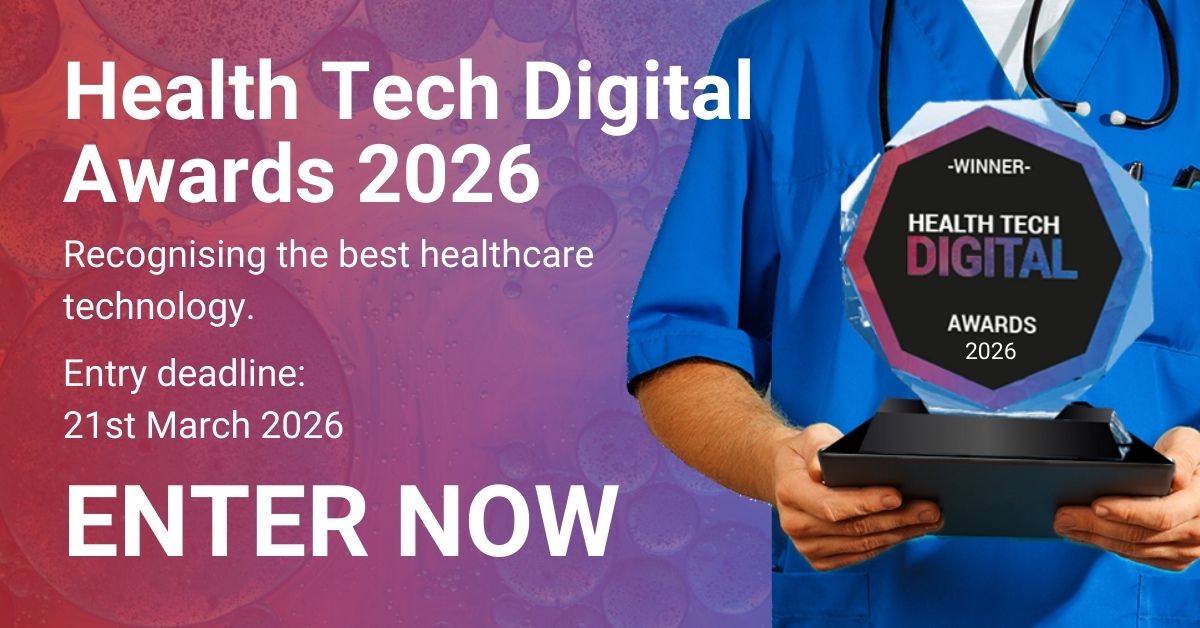
The ransomware attacks on Britain’s National Health Service (NHS) showcase a significant global issue plaguing the healthcare sector. Reports indicate that
ransomware attacks on the global healthcare industry rose a staggering 74 percent in 2023 compared to 2022. Unfortunately, these attacks cannot be merely categorized as white-collar crimes; they are, in fact, threat-to-life crimes. By disrupting critical services, exposing sensitive data, and directly jeopardizing a hospital’s ability to provide patient care, these cyber threats underscore the urgent need for robust cybersecurity measures within the healthcare sector.
The NHS Attack and Its Impact
On June 3rd , 2024, Britain’s National Health Service found itself in the crosshairs of such an attack. The NHS, a cornerstone of the UK’s public health infrastructure, experienced a significant setback due to this attack. With hospitals forced to revert to manual processes, patient records inaccessible, and surgeries postponed, the consequences were far-reaching and potentially life-threatening. The alarming reality is that this attack is ongoing, with repercussions still being felt today. Recently, the attack hindered many donors from donating blood, leading to an unprecedented blood shortage in UK hospitals.
These incidents underline the critical nature of cybersecurity in healthcare. They reveal how dependent modern healthcare systems are on digital infrastructure and how a breach can cascade into a full-blown crisis, affecting not only operational efficiency but also patient safety and trust.
Healthcare must step up its IT game
Healthcare systems are prime targets for cybercriminals for several reasons. First, the sensitive nature of the data they handle makes them an attractive target. Patient records contain a wealth of personal information that can be used for identity theft, phishing campaigns, extortion, and other nefarious activities. The high value of this data on the black market incentivizes attackers to target healthcare systems with sophisticated and persistent methods.
Second, healthcare organizations often lag behind other industries in terms of IT maturity. The focus in healthcare is rightly on patient care, but this usually means that investments in IT can take a back seat. Aging infrastructure, legacy systems, and the rapid adoption of new technologies without adequate security measures exacerbate this vulnerability. The interconnected nature of modern healthcare, with vast networks of devices and systems, creates numerous entry points for attackers.
Moreover, the critical nature of healthcare services means these organizations are more likely to pay ransoms to restore their operations quickly. The urgency to get systems back online, especially during a pandemic or a public health crisis, can lead to hasty decisions that favor short-term recovery over long-term security improvements. This makes healthcare a lucrative target, as attackers know that the disruption they cause can compel organizations to comply with their demands.
Beyond vulnerabilities, aging infrastructure also affects a doctor’s ability to provide quick and efficient patient care. A report from the British Medical Association (BMA) reveals that each year in England, over 13.5 million hours (approximately 1540 years) of doctors; time are wasted due to delays caused by ‘inadequate or malfunctioning IT systems and equipment. This is equivalent to nearly 8,000 full-time doctors or almost £1 billion in lost productivity.
Securing the Healthcare Sector
To counter these threats, healthcare organizations must adopt a multi-faceted approach to cybersecurity, with a particular emphasis on securing endpoints. Hospitals employ a plethora of internet-connected endpoints, from computers and mobile devices to Internet of Medical Things (IoMT) devices that track vital signs. Unified endpoint management (UEM) solutions (or MDMs) can help the healthcare IT to manage and secure their devices, ensuring that all endpoints comply with the organization’s security policies. Through a unified and seamless console, UEMs can enforce encryptions, ensure regular software updates, and provide remote wipe capabilities to protect data if a device is lost or stolen.
A UEM’s capability to manage a diverse array of endpoints also helps IT admins manage IoMT devices. Through real-time monitoring and enforcement of stringent
security policies, they ensure all IoMT devices are correctly configured, regularly updated, and compliant with healthcare regulations like HIPAA.
Beyond UEMs, investing in advanced threat detection and response systems such as extended detection and response (XDR) is another critical step. These systems use artificial intelligence and machine learning to identify and respond to threats in real-time. By analyzing patterns and behaviors across the network, they can detect anomalies that may indicate a ransomware attack or other malicious activity. Early detection and swift action are crucial for minimizing the consequences of an attack.
Another major contributor to cyber incidents is human error. Conducting regular training sessions can help healthcare employees identify phishing scams, understand the necessity of strong passwords, and follow proper procedures for reporting suspicious activity. A knowledgeable staff serves as the primary defense against cyber threats.
Finally, healthcare organizations must develop and regularly update their incident response plans. These plans should outline the steps to take in the event of a
cyberattack, ensuring a coordinated and effective response. This includes identifying critical systems and data, establishing communication protocols, and conducting regular drills to test the plan’s effectiveness. Moreover, using security orchestration, automation, and response (SOAR) tools significantly helps respond effortlessly in case of a security event.
In conclusion, the ransomware attack on the NHS highlights the urgent need for enhanced cybersecurity in healthcare. By understanding the unique vulnerabilities of healthcare systems and implementing comprehensive security measures—including staff training, drafting effective incident response plans, and deploying tools like UEM, XDR, and SOAR—we can fortify our defenses and protect the critical infrastructure that underpins patient care. The battle against cyber threats in healthcare is ongoing, but with vigilance, investment, and a proactive approach, we can turn the tide and safeguard our health systems for the future.











